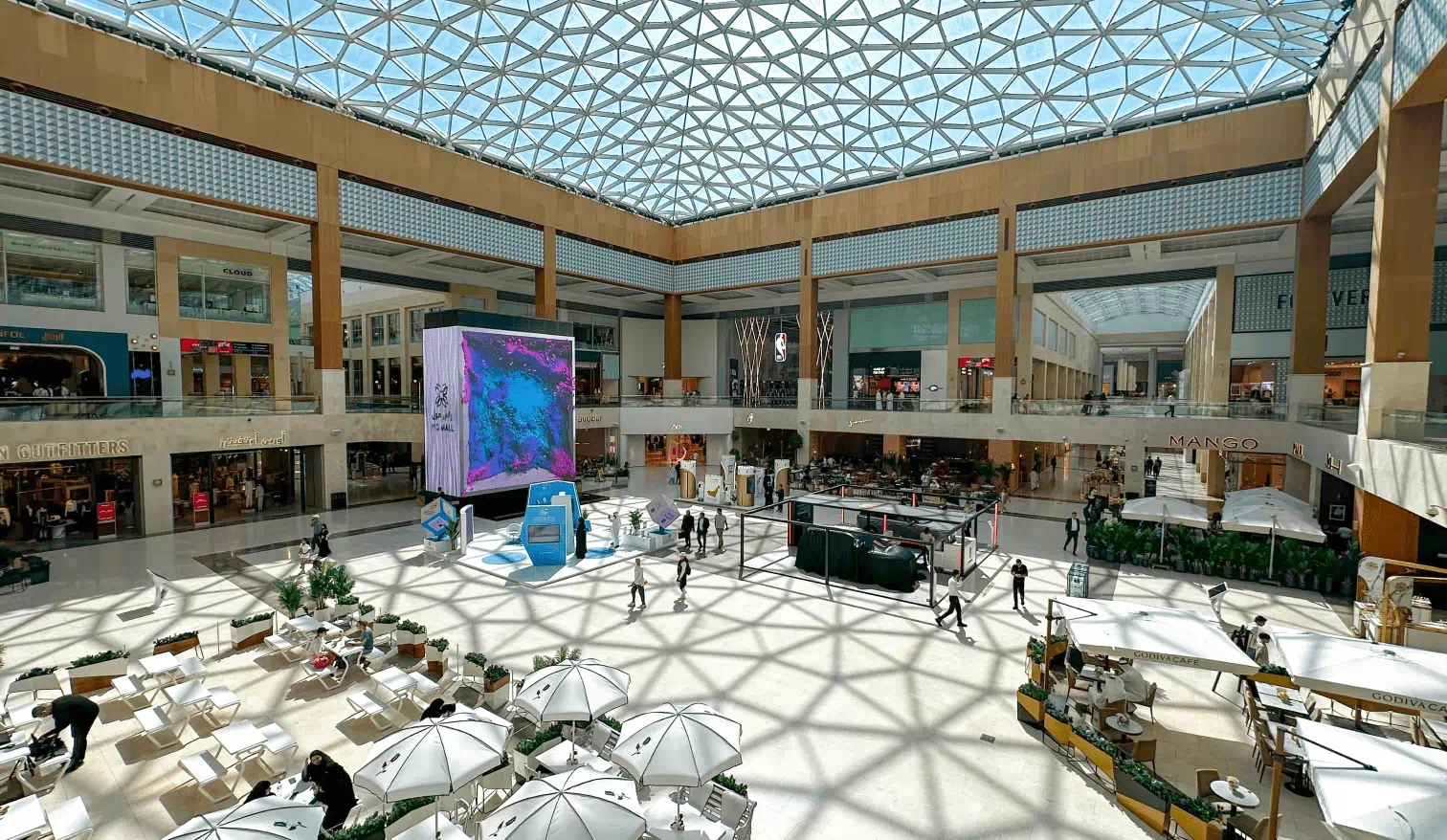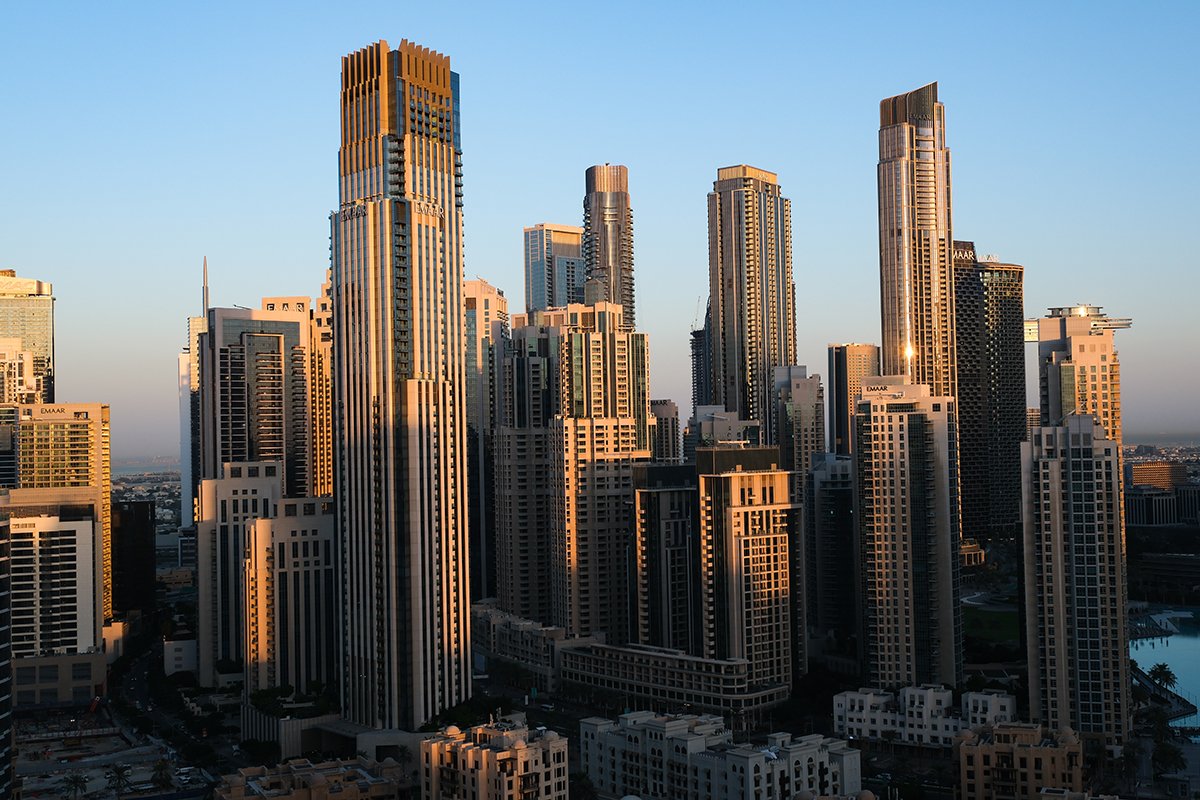Now Reading: Seasonal Real Estate Trends: Peak Buying and Renting Months in the UAE
-
01
Seasonal Real Estate Trends: Peak Buying and Renting Months in the UAE
Seasonal Real Estate Trends: Peak Buying and Renting Months in the UAE

Seasonal real estate trends UAE play a significant role in shaping the property market for both buyers and renters. Understanding the peak months for transactions can help investors, landlords, and tenants make informed decisions, optimize timing, and maximize returns.
This article explores seasonal patterns in the UAE real estate market, identifies peak buying and renting periods, and examines how these trends affect pricing, demand, and investment strategies.
Understanding Seasonal Real Estate Trends in the UAE
The UAE property market experiences fluctuations throughout the year due to a combination of climatic, economic, and social factors. Seasonal real estate trends help stakeholders anticipate periods of high demand and make strategic decisions.
Key drivers of these trends include:
- Climate Considerations: Extreme summer heat can slow market activity.
- Expatriate Relocation: Many expats move during summer breaks or at the start of the academic year.
- School Calendars: Families often time property purchases or rentals around school schedules.
- Economic Cycles and Festivals: End-of-year bonuses, holidays, and festivals can influence buying power and market activity.
Peak Buying Months in the UAE
October to April: The Winter Buying Season
The most active property buying period in the UAE is typically between October and April. Cooler weather makes property viewings more comfortable, encouraging higher buyer turnout.
- Dubai: High activity in residential areas like Downtown Dubai, Dubai Marina, and Palm Jumeirah.
- Abu Dhabi: Increased demand in Al Raha Beach, Saadiyat Island, and Yas Island.
Factors contributing to winter buying peaks:
- Favorable weather for property inspections and open houses.
- Expatriates returning from summer holidays.
- Financial planning after mid-year bonuses.
Post-Expo and Infrastructure-Linked Surges
Special events such as Dubai Expo 2020 created temporary spikes in buying activity, particularly near newly developed transport links and residential hubs.
Peak Renting Months in the UAE
Summer to Early Autumn (July to September)
While the summer months are hot, they coincide with key expatriate relocation periods:
- Many companies align employee contracts with the academic year, prompting moves in July and August.
- Landlords often prepare new units for occupancy starting September.
Winter Rentals (October to February)
Some tenants prefer moving during cooler months, combining property viewings with relocation schedules and school start dates.
Factors Influencing Rental Seasonality
- School Calendar: Families prioritize rental moves before the new academic year.
- Tourism Seasons: Short-term rentals and holiday lets peak during cooler months.
- Market Offers: Developers and landlords may provide incentives during slower months to attract tenants.
How Seasonal Trends Affect Property Prices
- Price Fluctuations
Prices often rise during peak buying seasons due to increased demand. Conversely, slower months can see discounts and promotional offers from developers. - Rental Yields
Peak rental months allow landlords to command higher rents and minimize vacancy periods. - Investment Timing
Investors can strategically purchase properties during off-peak months to negotiate better deals and capitalize on appreciation during high-demand periods.
City-Specific Seasonal Patterns
Dubai
- Peak buying: October – April
- Peak renting: July – September
- Notable: Waterfront properties and luxury villas see strong winter demand.
Abu Dhabi
- Peak buying: October – March
- Peak renting: August – September
- Notable: Family-focused communities such as Al Raha Beach attract renters aligned with school schedules.
Sharjah and Northern Emirates
- Steady year-round activity, with modest peaks during summer relocation periods.
Strategies for Buyers, Renters, and Investors

For Buyers
- Schedule property viewings in cooler months for comfort and convenience.
- Monitor market promotions during off-peak months for better pricing.
- Consider proximity to upcoming infrastructure projects to maximize long-term value.
For Renters
- Align moves with school calendars or employment start dates.
- Leverage incentives offered during slower rental months.
- Research communities that balance convenience, amenities, and seasonal availability.
For Investors and Landlords
- Plan lease renewals and marketing campaigns around peak rental months.
- Adjust pricing to reflect seasonal demand, optimizing occupancy and rental yields.
- Track seasonal trends to identify emerging hotspots for acquisition and development.
Impact of External Factors on Seasonal Trends
- Global Events: Expos, international conferences, and festivals can create temporary surges in demand.
- Economic Fluctuations: Oil prices, tourism levels, and economic stability influence both buying and renting patterns.
- Urban Development: Infrastructure expansions, new transport lines, and mixed-use communities can shift peak demand periods in specific areas.
Future Outlook for Seasonal Real Estate Trends in the UAE
- Increased Influence of Technology
Virtual property tours, online viewings, and digital marketing will reduce the impact of seasonal weather on property searches. - Sustained Demand from Expatriates
As the UAE continues to attract global talent, seasonal spikes in rentals and purchases will remain predictable but may gradually smooth out with improved relocation services. - Diversification of Housing Options
With emerging secondary cities and mixed-use developments, peak seasonal demand may spread across more neighborhoods rather than concentrating in traditional hotspots. - Integration with Smart Urban Planning
Developers will continue to align project launches and occupancy timelines with seasonal demand patterns to optimize sales and leasing outcomes.
Conclusion
Seasonal real estate trends UAE play a crucial role in shaping property market dynamics. Buyers, renters, and investors who understand peak months for activity can make better-informed decisions, optimize returns, and align their strategies with market cycles.
From October to April, property buying surges due to favorable weather, expatriate activity, and economic factors, while rental demand peaks around summer relocations and early autumn. Strategic planning around these trends allows stakeholders to maximize opportunities, enhance investment value, and ensure smoother transitions in the dynamic UAE real estate market.
Follow us on: Instagram
Read More:The Growing Appeal of Industrial Warehousing Investments






















